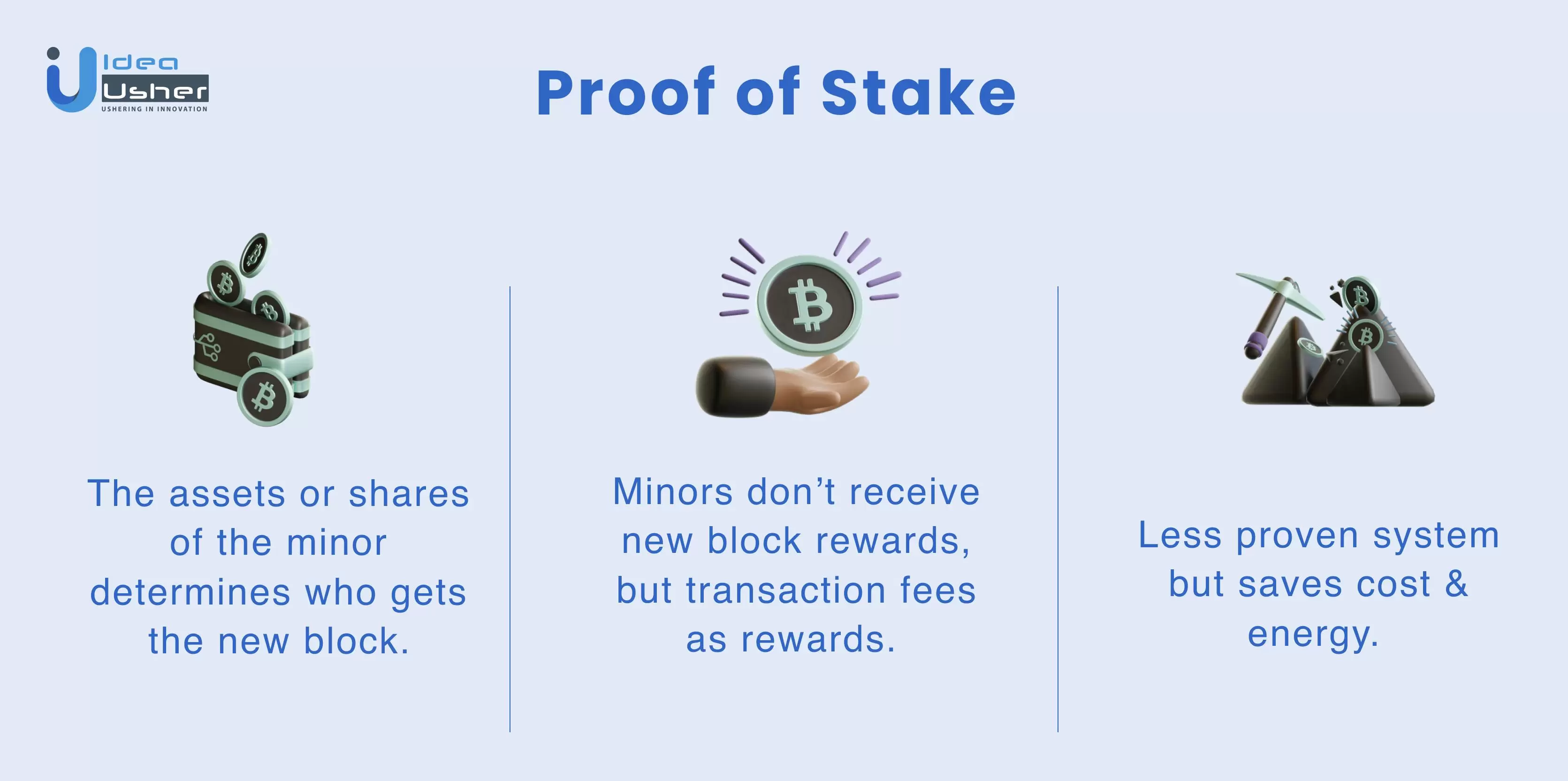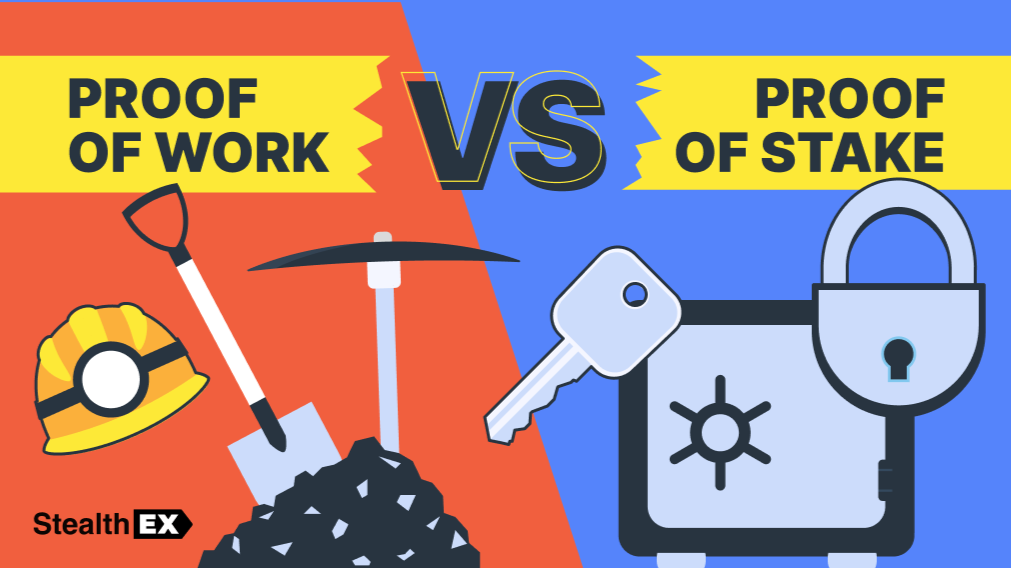Shaping the Industry: Seven Defining Moments of Proof of Work vs Proof of Stake
In blockchain technology, two key consensus mechanisms, Proof of Work (PoW) and Proof of Stake (PoS), have emerged as leading forces shaping the industry's future. These mechanisms, which determine how blockchain networks validate transactions, are fundamental to their security, scalability, and environmental impact. This deep dive explores seven pivotal moments in the evolution of PoW and PoS, examining their contrasts, significance, and what the future holds for blockchain technology.
The Genesis of Proof of Work

The first defining moment came in 2009 with the introduction of PoW in Bitcoin. Satoshi Nakamoto, Bitcoin’s creator, used PoW as a solution to the double-spending problem, which had plagued digital currencies. In PoW, miners solve complex cryptographic puzzles to validate transactions and add new blocks to the blockchain. This process, while computationally intensive, established a new standard for security and decentralization in blockchain networks. The launch of Bitcoin set the stage for PoW as a dominant consensus mechanism, laying the groundwork for subsequent blockchain projects.
The Environmental Concerns of Proof of Work

As Bitcoin and other PoW-based cryptocurrencies gained popularity, the second major moment occurred—the growing awareness of PoW's environmental impact. The energy consumption required for mining operations surged as the network expanded. Studies comparing Bitcoin's energy usage to that of entire nations spurred global debate over the sustainability of PoW. This scrutiny led to calls for more environmentally friendly alternatives, highlighting the need for innovation in blockchain consensus mechanisms.
The Emergence of Proof of Stake

In response to PoW’s energy demands, the third defining moment was the emergence of PoS. Peercoin introduced PoS in 2012 as a more eco-friendly alternative. In PoS, validators are selected to create new blocks based on the number of coins they hold, reducing the need for computational power. This mechanism represented a significant shift toward sustainability, offering a promising solution to the environmental issues plaguing PoW. PoS showed that blockchain networks could maintain security while being more energy efficient.
Ethereum’s Declaration of Transition to Proof of Stake

The fourth pivotal moment came in 2015 when Ethereum, one of the largest blockchain networks, announced its plan to transition from PoW to PoS with Ethereum 2.0. This decision marked the first time a major blockchain committed to such a significant change, further legitimizing PoS as a viable alternative. Ethereum’s transition aimed to address both scalability and environmental concerns, making it a crucial milestone in the shift toward PoS.
The First Successful Implementation of Proof of Stake

In 2020, the cryptocurrency network Cardano successfully implemented PoS, marking the fifth major moment. This achievement proved PoS could be successfully deployed on a large-scale blockchain. Cardano’s implementation showcased PoS's advantages, including greater operational efficiency, scalability, and security. It was a landmark event that demonstrated the practicality of PoS in a real-world context, further validating its potential as an alternative to PoW.
The Rise of Staking Services and Delegated Proof of Stake

The sixth defining moment was the rise of staking services and the introduction of Delegated Proof of Stake (DPoS). Platforms like Coinbase and Binance began offering users the ability to participate in staking, enabling them to earn rewards by contributing to network validation. DPoS, a variant of PoS, introduced the concept of delegating validation responsibilities to trusted nodes, making the consensus process even more user-friendly and democratized. These developments have driven broader adoption of PoS and continue to push its boundaries.
The Future of Proof of Work and Proof of Stake

Looking forward, the future of blockchain will likely see both PoW and PoS continue to evolve. PoW, despite its environmental challenges, remains crucial for projects that prioritize security and decentralization. Meanwhile, PoS, with its lower energy consumption and scalability, is becoming the go-to solution for newer blockchain networks. The ongoing development of both mechanisms will shape the blockchain industry's trajectory, balancing security, efficiency, and sustainability.
In conclusion, the journey of PoW and PoS reflects a dynamic and ever-evolving blockchain landscape. While PoW laid the foundation, PoS has emerged as a more sustainable alternative, leading the way toward the future of decentralized networks. Together, these mechanisms continue to influence the blockchain industry's development, driving innovation and shaping the future of finance and technology.







